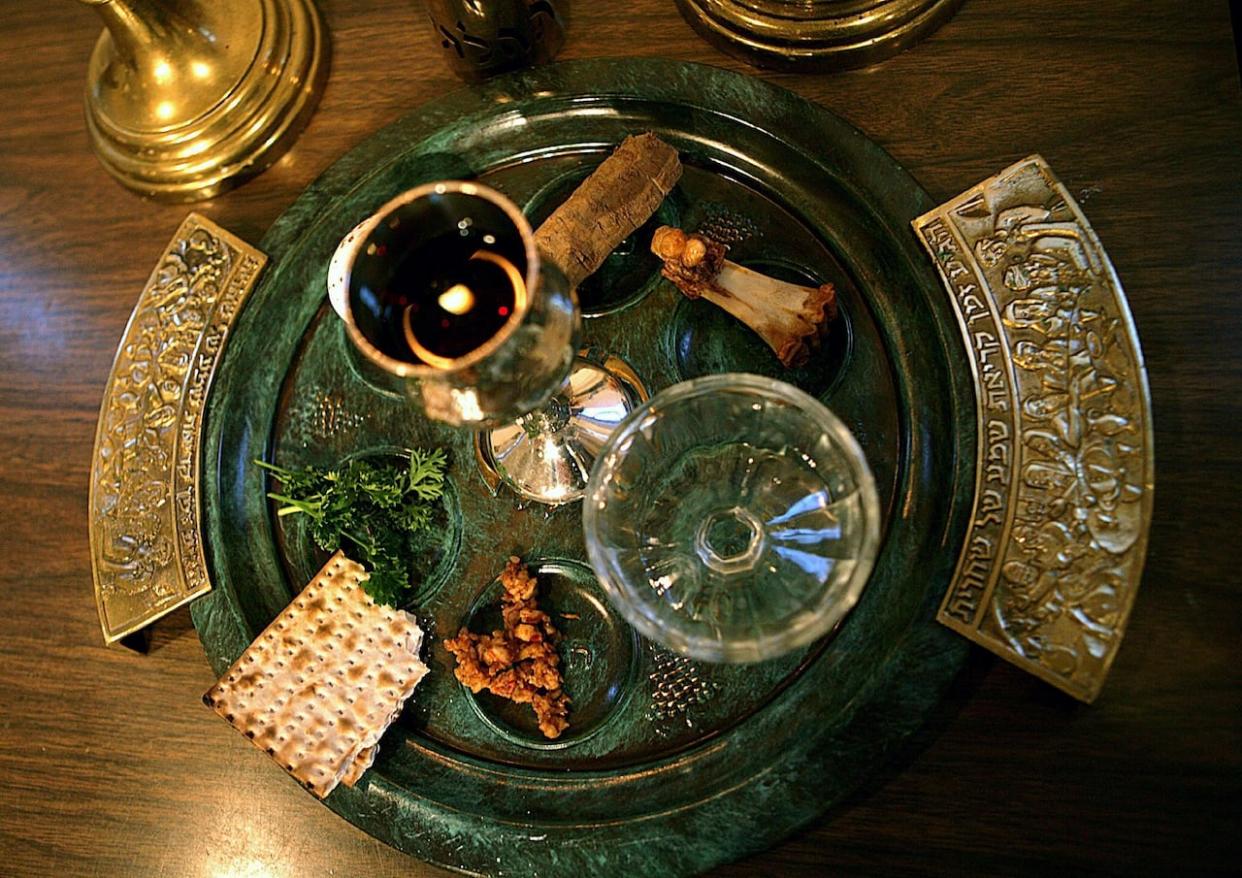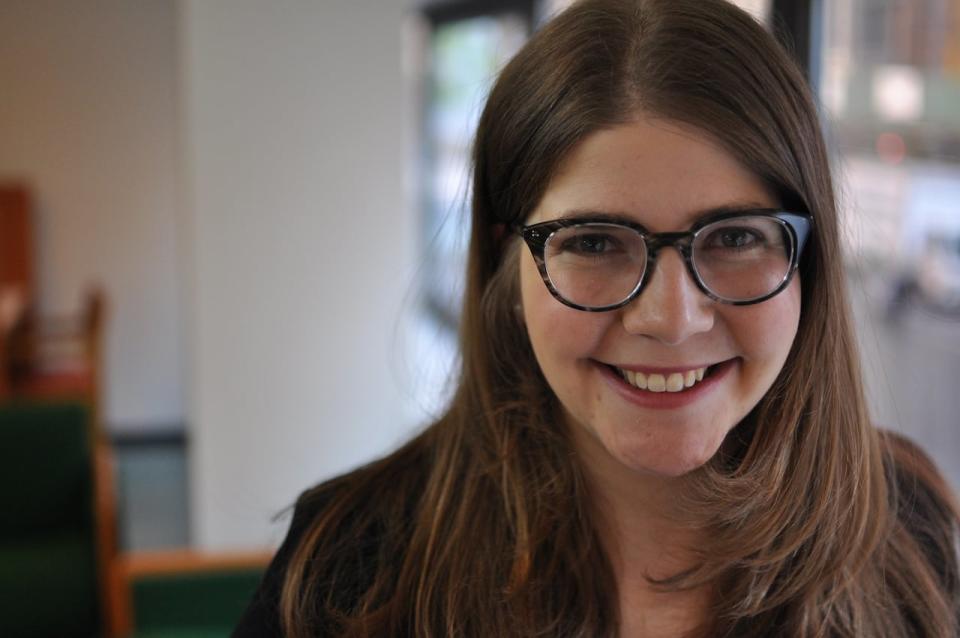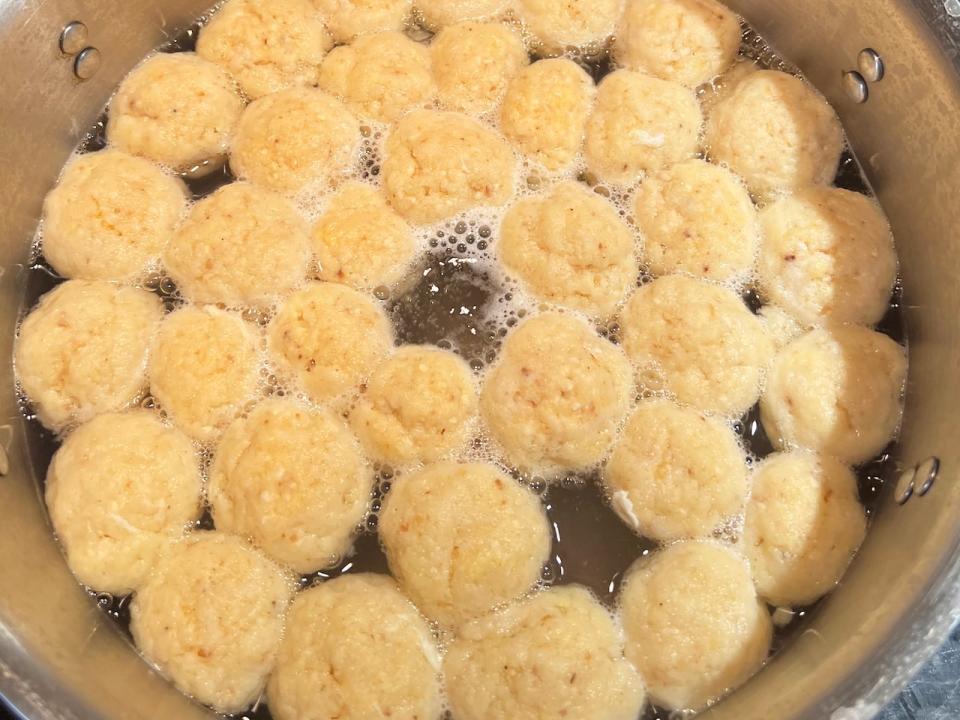Local Jewish families honour tradition while updating the Seder meal: Jasmine Mangalaseril

Passover is one of the most celebrated holidays in the Jewish calendar. The seven- or eight-day Spring festival (depending on where you are) commemorates the liberation of Hebrews from Egyptian slavery.
Rabbi Moshe Goldman, director of Waterloo's Rohr Chabad Centre for Jewish Life, says the date of the holiday in the Jewish calendar — the 15th day of Nisan — echoes its importance.
"Nisan is related to the word in Hebrew for miracles, where that which was impossible becomes possible and the root of all hope. And the story of Passover is really the root of all that hope," Goldman said.
The Seder
The Seder (meaning "order") that takes place during the first two nights is the main celebration and often occurs in people's homes. The Haggadah, a book that contains stories, prayers, poetry songs and blessings, guides participants through the 15-step dinner ritual.
Four scripted questions are asked during the Seder about the meal's purpose, traditionally by the children of the family, but according to Rabbi Goldman, "everybody is meant to ask the questions, even if you're at a Seder just with adults … because questions are really portals to understanding."

Rabbi Moshe Goldman, director of Waterloo’s Rohr Chabad Centre for Jewish Life, says the date of Passover holds great significance for Jewish people. The celebration is heavily tied to the lunar cycle and starts in the middle of the month when the moon is full. (submitted by Rabbi Moshe Goldman)
The Seder plate includes symbolic foods that represent a part or multiple parts of the Passover story:
A roasted shank bone represents the Paschal lamb.
A roasted egg often symbolises renewal.
Bitter herbs recall the bitterness of slavery.
Haroset (a paste made from fruit, nuts, spices, and wine or juice) represents the mortar used by enslaved Hebrews.
A vegetable, dipped into salt water, represents tears of enslavement.
During the meal a cup of wine or juice is drunk four times to symbolise redemption from slavery.
There are also three matzahs, an unleavened bread that is a well-known symbol of Passover. One of which is broken into two pieces. One piece, called the afikomen, is hidden for the children to find. When reunited with its mate it embodies the hope that what is broken can be fixed.
A fusion of cultural foods
Jewish food culture combines heritage dishes with ingredients and flavours found in regions where their communities have settled.
This can be tasted in the haroset, a sweet, dark-coloured paste made of fruits and nuts, said Rabbi Miriam Farber Wajnberg of Waterloo's Temple Shalom.
"I grew up with apples and walnuts and grape juice. My ancestors were from Eastern Europe and apples and walnuts were pretty easy to come by. For Sephardi Jews, whose origin is from Spain and Middle East, as we sometimes also call Mizrahi Jews, they'll often use dates and almonds," Wajnberg explained.

Rabbi Miriam Farber Wajnberg says her Seder meal has changed to fit her plant-based diet. Instead of a traditional beef brisket, she began using jackfruit as a substitute. (submitted by Rabbi Miriam Farber Wajnberg)
Haroset can often also include distinctly local ingredients, such as Mexican versions with hibiscus, coconut in Indian versions, and ones made in Canada might have maple syrup.
At Passover, the meal portion reflects the family's heritage, eating preferences and available meats and produce.
Rabbi Wajnberg grew up with North American Ashkenazi foods such as kugel, chicken, and brisket. Having now adopted a plant-based diet, she adapted her traditional childhood Passover beef brisket using local ingredients while celebrating the Jewish holiday in Southeast Asia.
"Every year we re-evaluate. It often ends up being much more vegetable heavy … sometimes it's a ratatouille of some sort," she said. "In Singapore, we would make a jackfruit brisket. We would shred the jackfruit ahead of cooking it down in a tomato-based sauce."
Evolving traditions while honouring the past
Many Jewish families create their own Haggadah.
Kathie Norris, who helps organize dinners at the Temple Shalom, said her kids lost interest in celebrations because the Haggadah they used was "always just so boring." So, she customised it for her family.
"Some of my brothers-in-law are very dramatic, and they do [the reading] with these big, loud booming voices. It just animates the whole telling of the story," Norris said. "Last year, my husband and his next brother down sang a really, really cute song to the tune of My Favourite Things from Sound of Music. It just blew everybody out of the water."

Matzah balls, dumplings made of crushed unleavened bread, and chicken soup can be found on some Seder tables during Passover. (submitted by Kathie Norris)
Norris and her husband host 25 to 35 guests for Passover. While it is a potluck – her sister-in-law brings her "famous chicken," a brother-in-law gets traditional Passover desserts from a Toronto bakery – she starts preparing favourites well in advance, including gefilte fish, chicken soup with matzah balls, and a chicken fricassee with meatballs.
But some dishes hold special meaning, like her mother-in-law's egg noodles.
"My mother-in-law would fry the noodles and my mother would cut them. But she never cut them exactly the way my mother-in-law liked," Norris recalled. "They would have this sort of fun argument back and forth. I remember watching them with pleasure: two old ladies in the kitchen, cutting these noodles up."
Passover will end after nightfall on Tuesday, April 30.

